|
This Saturday, December the 19th, 2020, Mount Olivet Cemetery will be hosting its third annual Wreaths Across America (WAA) Day. We won’t be alone, of course, but joined simultaneously by the famed Arlington National Cemetery down the road, and over 1,600 additional locations throughout the United States, and at sea and abroad. Each site will include a host of volunteers and sponsors celebrating WAA’s mission of Remembering, Honoring and Teaching through the placement of special wreaths on veteran graves. The wreaths we place are symbolic of these three tenets.  MOC Superintendent J. Ronald Pearcey at the WAA delivery on Dec 10, 2020 MOC Superintendent J. Ronald Pearcey at the WAA delivery on Dec 10, 2020 The symbolism of wreaths has been used at funerals since at least the time of Ancient Greece, to represent a circle of eternal life. Evergreen wreaths were laid at the burial place of early Christian virgin martyrs in Europe, the evergreen representing the victory of the eternal spirit over death. By the Victorian era, the symbolism of flowers had grown to become an elaborate language, and the symbolism of funeral wreaths was no exception. Flowers represented life and resurrection. Specific flowers were used in funeral wreaths to represent particular sentiments. Cypress and willow were used for crafting wreath frames, and were associated with mourning by the Victorians. For the last century, wreaths have been commonly laid at the tombs of soldiers and at memorial cenotaphs during Memorial Day and Remembrance Day ceremonies. Wreaths may also be laid in memory of persons lost at sea, either from an accident or due to navy action. In a memorial service at sea, the wreath is lowered to the water and set adrift. Back to Mount Olivet, we have over 4,000 men and women buried here who served in the US military. Many of these participated in active combat in conflicts including the American Revolution, War of 1812, the Mexican War, American Civil War, Spanish-American War, the World Wars, Korea, Vietnam, the Persian Gulf War and Afghanistan. As we do more and more research, we seem to find our total number of vets growing. Decedent graves are currently marked with small flaglets, courtesy of a great effort put forth by community volunteers who came out on an unseasonably warm day early last month on November 7th. We had a few other dedicated individuals who performed this task amidst rain downpours on Veterans Day itself, November 11th. Thanks to these fine folks, we got the task complete. These flags will serve a secondary role on Wreaths Across America Day as they will act as beacons for wreath placement, and symbolic proxies as over half our veterans’ graves will not be adorned with wreaths. You see, only 1,692 wreaths were bought/sponsored this year, plus we did not get a “1 wreath to 2 wreaths sold match” as was the case last year. Recently, on our social media site of Facebook and company website, we’ve asked participants, volunteers and others to consider bringing extra wreaths to the event (or come to the cemetery after the event) in an effort to cover more graves. Just know, that this gesture will be appreciated in ways none of us can ever fully grasp. Let it Snow This year, we "plow" forward, both literally and figuratively. The good news, there's a rosier forecast in store for WAA Day —as the last two years have been accompanied by steady rainfall and muddy tromps across grave areas. This year, we are looking at cloudy skies and no chance of precipitation. However, I did just use the term plow, and also made reference to past precipitation. Perhaps I should mention that we will have a new challenge at hand, thanks to our first snow of the season, falling just a few days in advance of Wreaths Across America Day. This past Wednesday we received over half a foot of snow. Luckily, the flaglets are still visible, and this is also why I suggested having them in place (for helping us find graves in the event of snow). Keep in mind that most vets have graves marked with ground level/recessed, government-issue military plaques, usually made of bronze or granite. One inch of snow, let alone 6-8" can turn the WAA Day into a “Where’s Waldo” mystery find/hunt. Oh, the wild weather of December, and the reason very few outdoor events are scheduled in wintry months with notable exceptions such as Frederick’s annual Kris Kringle Parade and Polar Bear plunges at a plethora of nearby rivers, lakes, bays and oceans. Our opening ceremony this year will again take place at the World War II Monument on the west side of Area EE. Here one can find a unique memorial boasting two columns, bookending an eternal flame monument and covered by the names of World War II vets who perished over 75 years ago. Fanned out as an arch around these objects, you will find the graves of 30 veterans who lost their lives while in active duty. I’ve written about half of these individuals over this 75th anniversary year marking Victory in Europe and Victory in Japan. We are equally thankful to all the veterans here who gave their lives for our freedoms, but just like the case in 2018 marking the 100th anniversary of the end of World War I, this is a great time to put a spotlight on the World War II soldiers, sailors, flyers, etc. whose lives lived were tragically cut short. The famed five-star general George S. Patton, Jr. said: “It is foolish and wrong to mourn the men who died. Rather, we should thank God that such men lived.” I want to talk about a few of these men, and a woman, among those we will be honoring this weekend. Specifically, I am singling out seven buried within Area EE, home to the forementioned World War II Monument, and cornerstone of our Wreaths Across America Day commemorations since December, 2018. This section has 242 veterans buried within. With the introduction to the seven resting in peace here in Area EE, I will let obituaries and news articles (found in local newspapers) do most of the storytelling of each of these former Frederick residents. With my introduction to follow of seven individuals resting in peace here in Area EE, I will let obituaries and news articles (found in local newspapers) do most of the storytelling about these former Frederick residents. Wesley Dewey Dolan Among those men buried within the confines of the World War II Monument here at Mount Olivet, one was named Wesley Dewey Dolan. S/Sgt. Dolan was born on December 12th, 1922, who knows, had he lived through the war, he could have celebrated his 98th birthday earlier this week? Wesley was the son of Mabel Belvin and Dewey Michael Dolan of Brunswick, at which place he spent his childhood. The Virginia native moved with his family to this place because his dad was employed as a brakeman for the Baltimore & Ohio Railroad. The family lived at 309 Maple Avenue and Wesley attended local schools. He graduated from Brunswick High School in 1940 and went to work as a clerk in a grocery store. He entered into military service on June 30th, 1942, possibly at the urging of his father who served in the United States Marine Corps in World war I, rising to the rank of staff sergeant. Wesley D. Dolan served in the Air Corps of the US Army, and was assigned to the 442nd Army Air Force Bombardier Squadron. More specifically, Wesley Dewey Dolan served as a gunner and radioman on a bomber plane. In searching for more information about S/Sgt. Dolan's death, I stumbled upon an announcement that a religious service in Dolan's honor took place in March of 1944 in his hometown of Brunswick. Of additional interest was a brief mention of Wesley Dolan in a modern day memoir found on the internet. it was written by a gentleman named John (Jack) Harpster, a fellow member of the 320th bomb group under the 442nd Squadron assigned to the same B-26 bomber as Dolan. I include a link to Mr. Harpster's website: 320thbg.org/harpster_7.html Here is a brief passage from the website that actually gave me a mild case of "researcher heartburn." It is, of course, in Mr. Harpster's own words and paints a bit of a picture for us regarding Dolan's final mission aboard a bomber plane given the name of "Shif"less. "Newly arrived B-26 crews were first individually flown into combat with a seasoned experienced crew and then released to fly with their own stateside assigned crew. In the case of the pilots, they usually flew 6 or more missions as copilot to learn the ropes depending of course on crew availability or shortages. My introduction to combat gave rise for some serious soul searching and concern about ever completing even the magical 40 missions. My first three missions for example are spelled out by reprint (with express approval of the writer) of my personal diary I kept throughout combat days. Please forgive the childish oratory that hasn’t improved much over the past half century. Here was my December 10, 1943 introduction to combat: #1. Well I finally got my first mission in and it nearly was my last. The target was a railroad bridge in a marshaling yard south west of Niece, France. No flak or fighters and was really a milk run. But the take off was the closest to death I ever want to come. We got caught in the prop wash of the planes ahead of us. Nearly slow rolled 10 feet off of the ground. Awfully silent and scarred me to death. We had absolutely no control and had only 140 m.p.h. Missed the ground by inches several times, but finally got straightened out. Flew very cautiously after that believe me. Rather tired after my first, of forty. I pray. #2. What a day!! The target - a bridge east of Cannes, France. Our position, a spare ship to fill in anywhere if one dropped out. The lead ship of #3 element dropped out and we filled in. The coast of France came up and we began the run on the target. It was a beautiful bridge, easy to see. Then the flak started!!! They had us pegged perfectly and the sky was black with it. There were three hits in the bombardiers area alone and each time I thought he was a goner. "Bombs Away" and the break was to the right. Waist-top turret man badly hit, engineer wounded - plane punctured many times, many places, engines, compartments and wings. We were leaking oil and hydraulic fluids. Emergency landing in Corsica - 800 yard runway. A DC-3 crashed on the same field: 10 minutes later. The top turret man was dead with ack ack wounds in his head. Engineers arm was broken and pierced by flak. Our ship was too badly damaged to take off - so stayed in Corsica for the night. We returned to Sardinia the next afternoon by courier - a DC-3. Got to see the town there, much nicer than Sardi - rather modern and interesting. Hope to return under different circumstances. On this 18 December mission the flak was unusually heavy and 12 of the 38 planes in our formation were hit. The engineer, S/Sgt Wesley Dolan spent a month in the hospital after which he fully recovered. He was awarded the DFC (Distinguished Flying Cross) for his bravery in trying to help the deceased top turret gunner and then manning the top turret position himself in spite of a dangling arm." So, this reminiscence did not make sense as it said that Dolan survived the mission after bravely trying to rescue the gunner. After reading Herbert Adkin's letter to Dolan's fiancee, Adelaide Webber, again, I truly believe that Mr. Harpster got the two (Dolan and Adkins) confused. I particularly believe this because Mr. Adkins apologized for his delay in writing because he was laid up with an arm wound and Harpster mentions that this was the injury to his supposed "Dolan." And because I am Chris Haugh, I tend to go down history rabbit holes in search of the truth. I could not find a Corp. Herbert Adkins, but did find a Frank E. Adkins who received the Distinguished Flying Cross for his bravery in aviation. This guy was the real deal, and I believe it could be him. I have included a bio and learned that he was sent to the European theater of war after great heroics in the Pacific. I also learned that Dolan's fiancee rightfully moved forward with her life. As the earlier article states, Dolan's body was originally buried on the island of Corsica during a gas stop. Jack Harpster said that this "gas stop" involved a crash landing. Anyway, Wesley Dewey Dolan's body was returned to his home of Brunswick in November, 1948. Within and just outside the World War II Monument area, and a few short yards away from S/Sgt Wesley Dewey Dolan’s gravesite lies those of two brothers with ties to World War II. I wrote about one of these gentlemen back in September—PFC Francis Leo Kennedy, Jr. Kennedy is buried within the confines of the monument, and two first cousins lie by his side, both also veterans who died as young men. One of these was Charles Francis Kennedy, a member of the 115th infantry regiment of the US Army’s famed 29th Division. He lost his life on August 10th, 1944 during fighting in France. The other cousin was Ignatius Benson Keyser (born October 27th, 1920). Keyser was a member of the 51st Armored Infantry Battalion of the US Army’s 4th Armored Division. He was killed in action in Belgium on Christmas Day, 1944 as part of the legendary Battle of Bastogne. Francis Leo was the son of Leo Kennedy, Sr. and Flora Victoria Marsh who once resided at 219 E. Church Street in downtown Frederick. Kennedy was killed on the Tunisian front in North Africa on March 31st, 1943. Previous to going into the service he worked with his father at the Kennedy Stove House before serving in the US Army’s 16th Regiment of the 1st Infantry Division. On May 30th, 1948, the dedication ceremony was held for Mount Olivet’s World War II Memorial. One of the most poignant moments of the ceremony came with the placing of a wreath of dedication to all those Frederick young men who made the greatest sacrifice on behalf of their country. A Gold Star mother was chosen for this important honor. It was Mrs. Flora Kennedy, mother of Francis Leo Kennedy, Jr. Ironically, she would have the distinct honor of placing a symbolic wreath on the monument on this day.  Frederick Post (May 4, 1946) Frederick Post (May 4, 1946) Mrs. Kennedy would attend a very important funeral here a few months later on October 5th, 1948. Her son, Francis Leo, and two nephews would be buried here, after having been buried first overseas. Mrs. Kennedy had another son, William Chester, who ascended to the rank of Private, 1st Class in the Marine Corps after being drafted into service in April, 1946. He would also attend the burial service at Mount Olivet for his brother and cousins. Sadly, just short of a year later, William C. Kennedy, himself, would die as a result of a horrific car accident near Funkstown in Washington County. The sedan in which William was traveling within, collided with a parked steamroller alongside the roadway. It was remembered as one of the worst in this part of Maryland’s history, compounded by the fact that the four occupants of the car (that a friend of Kennedy's was driving) died as a result. All four young men were military veterans. The September 25th, 1949 edition of the Frederick Post announced to the community the tragic loss on its front page. I first read about William’s untimely death back in early September in conjunction with research for a tour I gave to remember the 75 anniversary of Victory in Japan (V-J) Day. Interestingly, just the other day, I was wandering around in another part of Area EE doing some advance work for our WAA event. I found the grave of Archie D. Whisner, Jr. (born Feb. 10, 1927) had no flag. I had not heard of this Whisner, or though I thought. I made it a point to do some research and found that he was one of the hapless passengers in William C. Kennedys vehicle in Funkstown, that sad night of September 25th. His story is told in the above clipping. The two other victims of the accident, Raymond George Brown (b. Feb 9, 1925), and Charles Elmer Linton (b. Aug. 26, 1927), are also buried here on Area EE in adjoining lots to their friend, Archie Whisner. 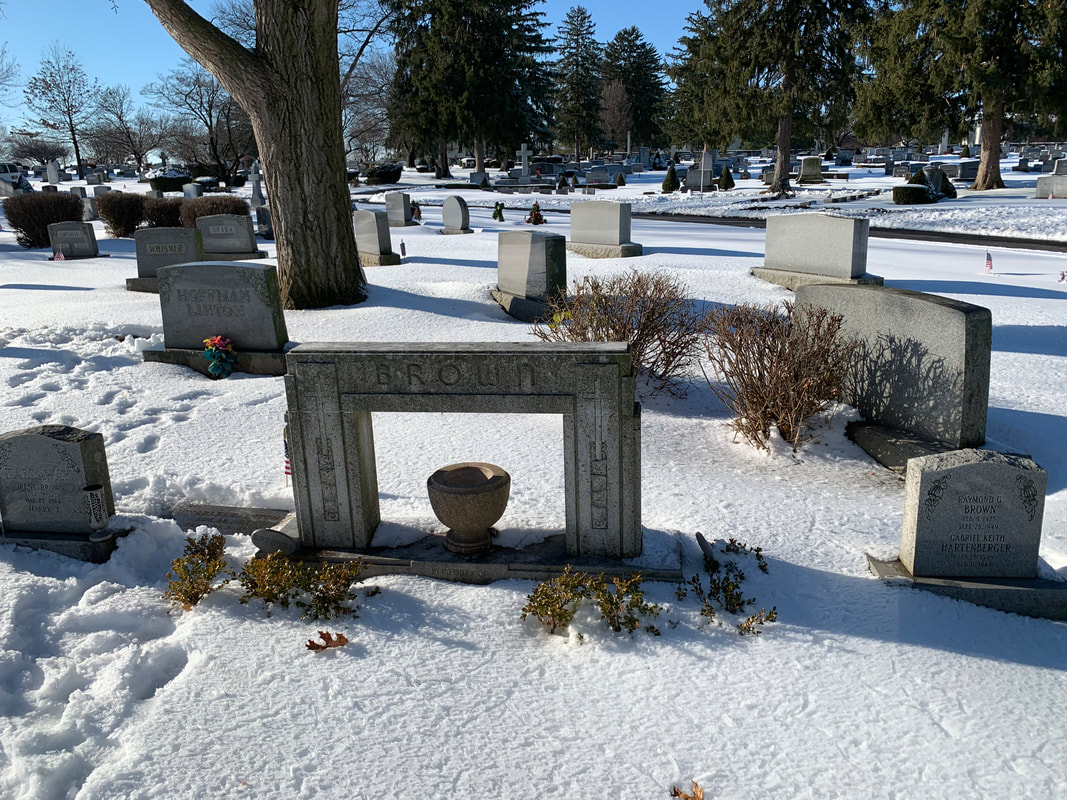 In this photo, the grave monuments of three of the victims are visible. Raymond Brown's upright stone is to the right of his family's larger lot monument. To the immediate left of the family stone is the ground level flat marker for Charles E. Linton in his family's lot. Diagonally behind the Linton family stone (to the left) is Archie Whisner's military marker (partially blocked) with the Whisner family lot stone further back. Meet the Smiths Not all veterans die in war or as a result of tragic accidents. To end on a more positive note, what about the majority of former military men and women that have the opportunity to enjoy the peace that not only comes after battle, but because of it? I found two such, who were a married couple, on the southeast side of Area EE, along the cemetery drive that parallels Grove Stadium and Stadium Drive. Both husband and wife served in the US Navy. They died one month apart and are buried in Area EE/Lot 137A. These are just a few of the many local veterans who put their lives on the line for us and our freedoms. Whether you participate in our wreath laying ceremony on Saturday or not, please devote a few seconds to remember those US veterans buried in cemeteries and memorial parks throughout the country and world. Like us, they had their regular routines disrupted like we have by Covid-19 and weather events such as this week’s snowstorm. But unlike us, some of these local, young people never had the opportunity “to grow old” in our beautiful town and county.
And by the way, feel free to bring a brush, shovel, broom to respectfully clear the gravestone and perhaps an extra wreath to place at the site of a US flaglet in one of the sections we are not able to cover with our WAA shipment.
0 Comments
Leave a Reply. |
STORIES
|
Archives
July 2024
June 2024
May 2024
April 2024
March 2024
February 2024
January 2024
December 2023
November 2023
September 2023
August 2023
July 2023
June 2023
May 2023
April 2023
March 2023
February 2023
January 2023
December 2022
November 2022
October 2022
September 2022
August 2022
July 2022
June 2022
May 2022
April 2022
March 2022
February 2022
January 2022
December 2021
November 2021
October 2021
September 2021
August 2021
July 2021
June 2021
May 2021
April 2021
March 2021
February 2021
January 2021
December 2020
November 2020
October 2020
September 2020
August 2020
July 2020
June 2020
May 2020
April 2020
March 2020
February 2020
January 2020
December 2019
November 2019
October 2019
September 2019
August 2019
July 2019
June 2019
May 2019
April 2019
March 2019
February 2019
January 2019
December 2018
November 2018
October 2018
September 2018
August 2018
July 2018
June 2018
May 2018
April 2018
March 2018
February 2018
January 2018
December 2017
November 2017
October 2017
September 2017
August 2017
July 2017
June 2017
May 2017
April 2017
March 2017
February 2017
January 2017
December 2016
November 2016


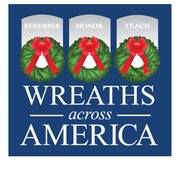

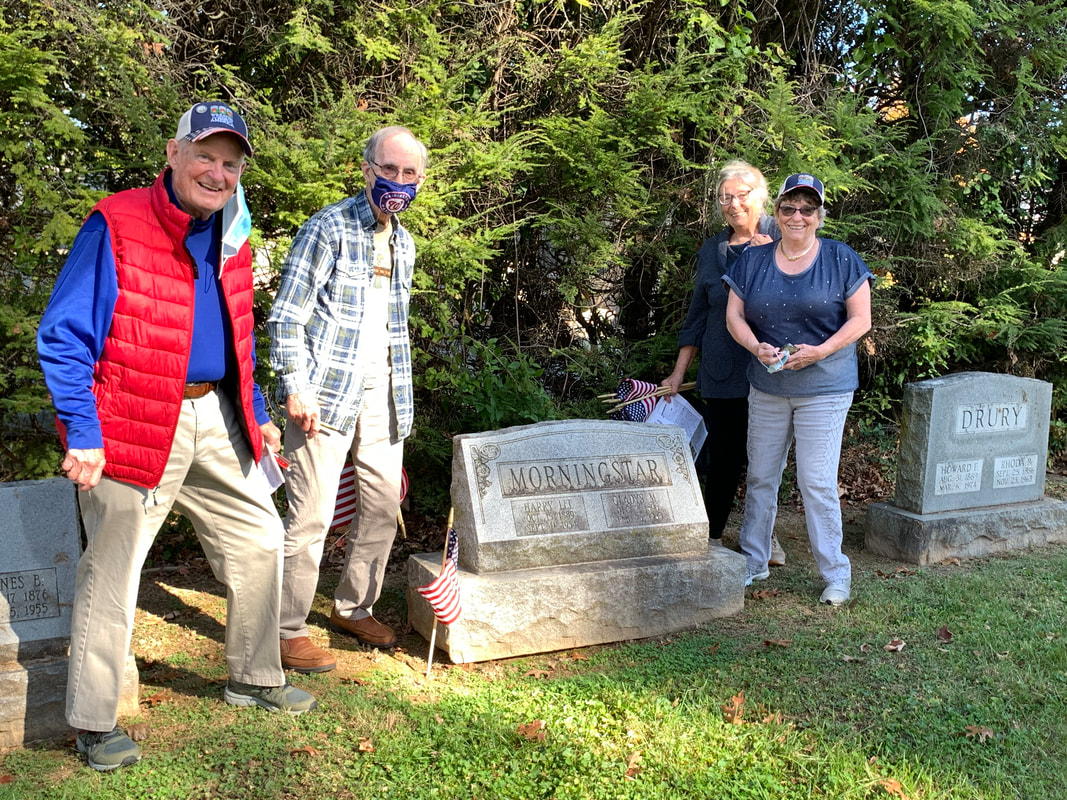


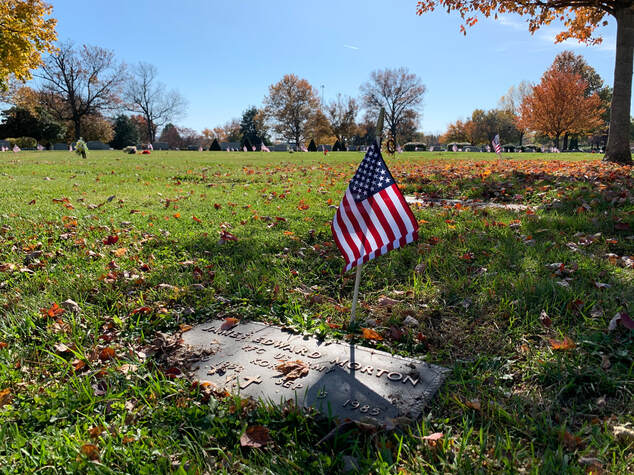


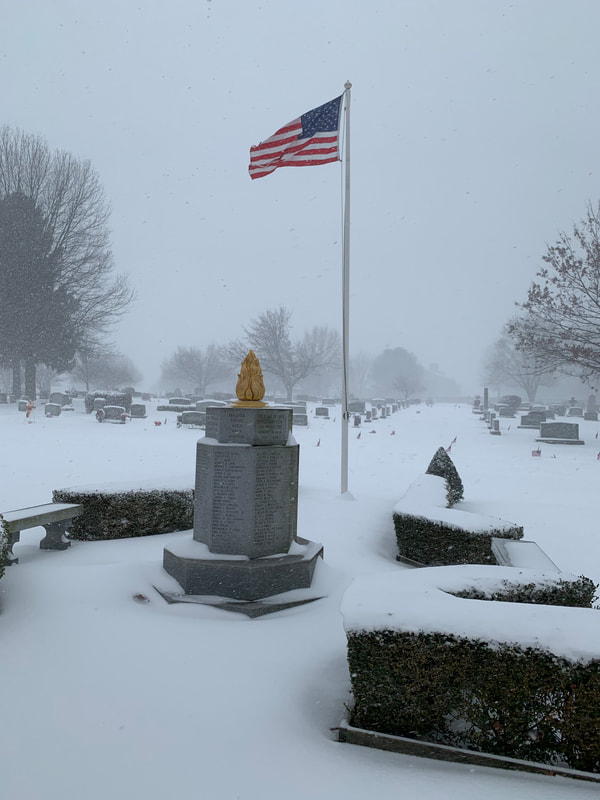




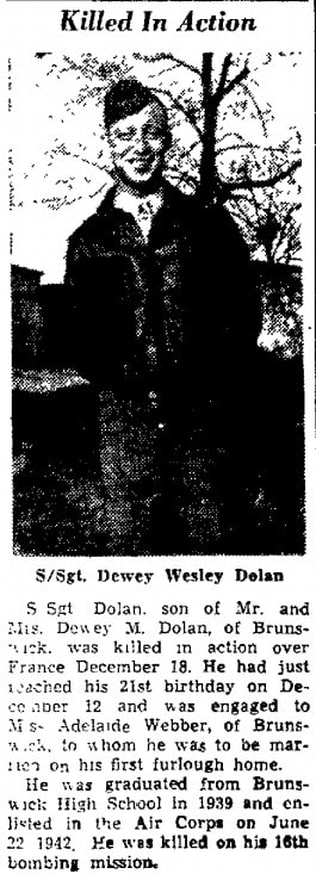

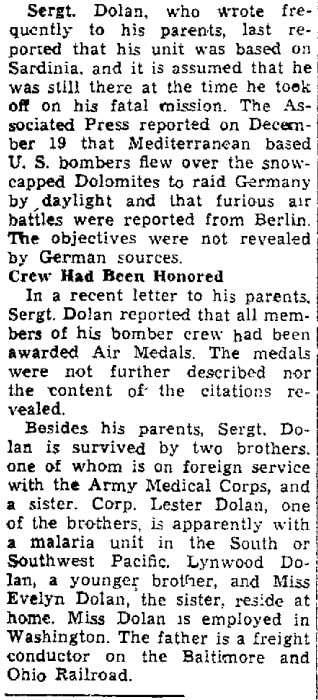

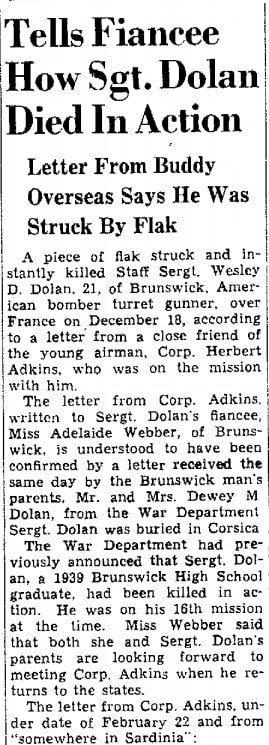


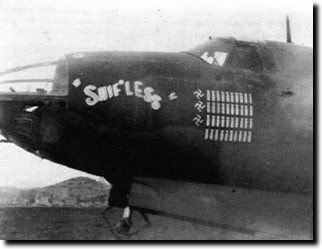
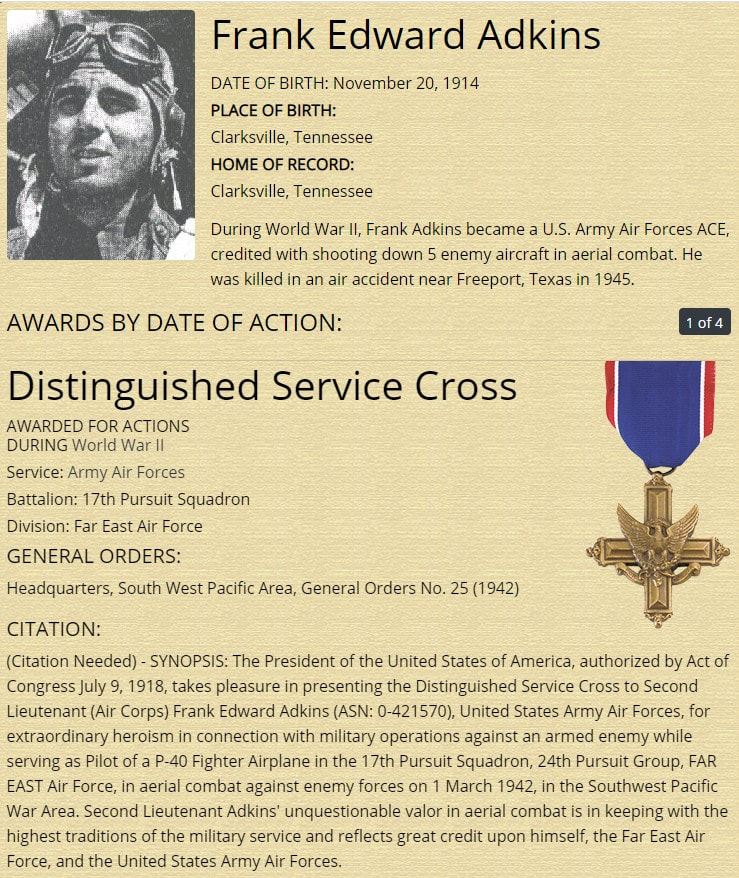








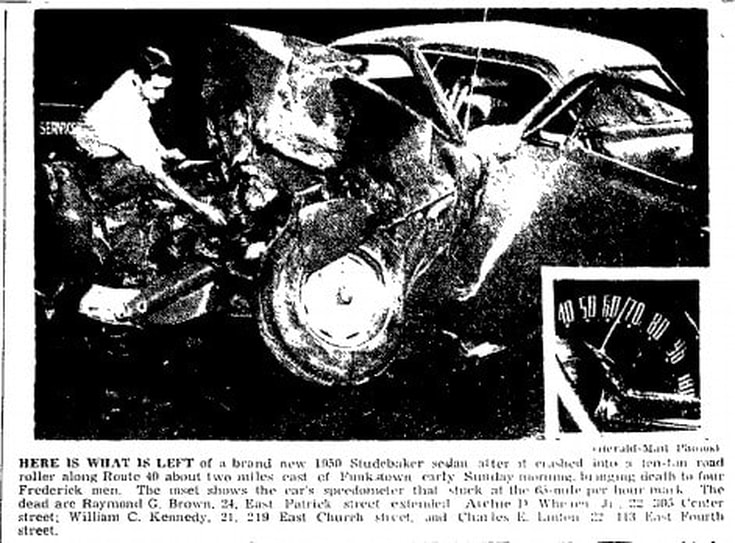
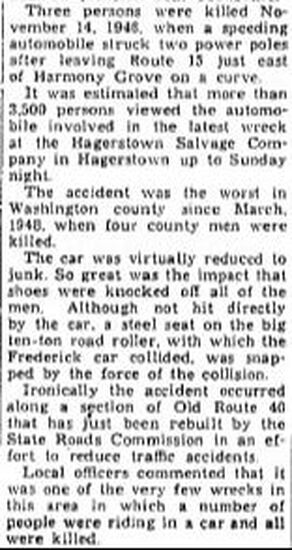







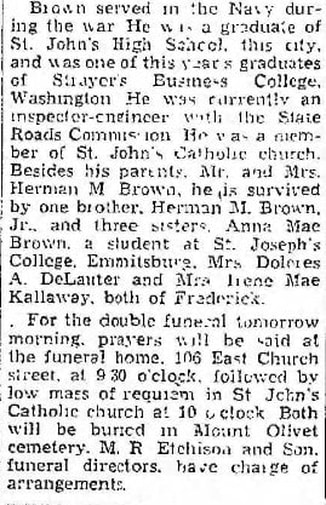





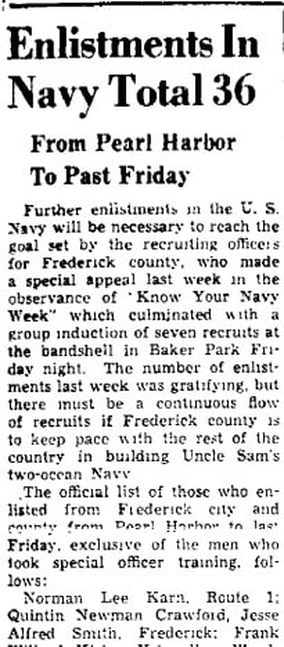
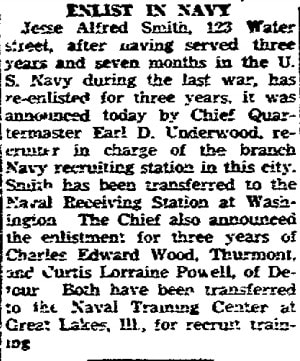






 RSS Feed
RSS Feed